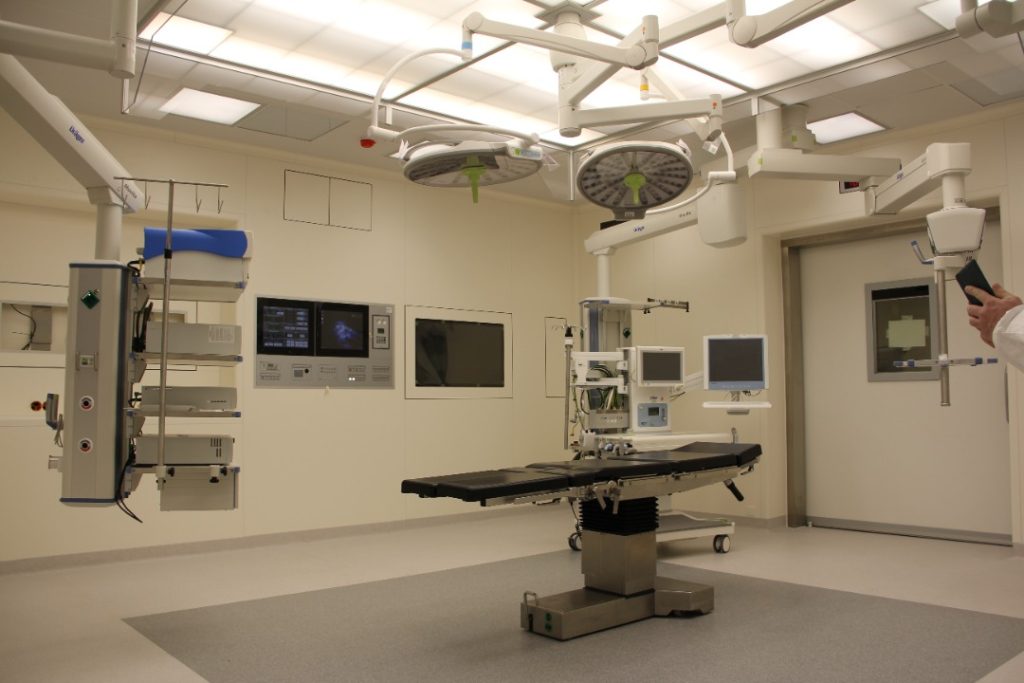If you had surgery, you might remember starting to count backwards from 10 – 9 – 8 and then waking up with the surgery already over before you even got to 5, and it might seem that you were asleep, but you weren’t. You were under anesthesia, which is much more complicated. You were unconscious, but you also couldn’t move, form memories, or hopefully, feel pain. Without being able to block all those processes at once, many surgeries would be way too traumatic to perform.
Ancient medical text from Egypt, Asia, and the Middle East, all described early anesthetics, containing things like opium poppy, mandrake fruit, and alcohol. Today, anesthesiologists often combine regional, inhalational, and intravenous agents to get the right balance for a surgery. Regional Anesthesia blocks pains from a specific part of the body from getting to the brain. Pain and other messages, travel through the nervous system as electrical impulses. Regional anesthetics work by setting up an electrical barricade. They bind to the proteins in neurons cell membranes that let charged particles in and out and block out positively charged particles.
One compound that does this is cocaine, whose painkilling effects were discovered by accident when an ophthalmology intern got some on his tongue. It is still occasionally used as an anesthetic, but many of the more common regional anesthetics have a similar chemical structure and work the same way. But for major surgeries where you want to be unconscious, you will want something that acts on the entire nervous system, including the brain. This is what inhalational anesthetics do. In western medicine, Diethyl Ether was the first common one. It was best known as a recreational drug, until doctors started to realize that people that people sometimes didn’t notice injuries they sustained under the influence. In the 1840’s they started sedating patients with Ether during dental extractions and surgeries. Nitrous oxide became popular in the decade that followed and is still used today, although Ether derivatives like Sevoflurane are more common.

Inhalational anesthesia is usually supplemented with Intravenous anesthesia which was developed in the 1870’s. Common intravenous agents include sedatives like Propofol, which induce unconsciousness, and Opioids like Fentanyl which reduce pain. These general anesthetics also seem to work by affecting electrical signals in the nervous system. Normally, the brain’s electrical signals are a chaotic chorus, as different parts of the brain communicate with each other. That connectivity keeps you awake and aware. But as someone becomes anesthetized, those signals become calmer and more organized, suggesting that different parts of the brain aren’t talking to each other anymore. Several common anesthetics bind to the GABA-A receptors in the brain’s neurons, they hold the gateway open, letting negatively charged particles flow into the cell. Negative charge builds up and acts like a log jam, keeping the neuron from transmitting electrical signals.
The nervous system has lots of these gated channels controlling pathways for movement, memory and consciousness. Most anesthetics probably act on more than one, and they don’t act on just the nervous system, many anesthetics also affect the heart, lungs, and other vital organs.
Just like early anesthetics, which included familiar poisons like hemlock and aconite, modern drugs can have serious side effects. So an anesthesiologist has to mix just the right balance of drugs to create all the features of anesthesia, while carefully monitoring the patient’s vitals and monitoring the mixture as needed. Anesthesia is complicated. But figuring out how to use it allowed for the development of new and better surgical techniques. Surgeons could learn how to routinely and safely perform C-sections reopen block arteries, replace damaged livers and kidneys, and many other lifesaving operations, and each year, new anesthesia techniques are developed that will ensure more and more patients survive the trauma of surgery.


